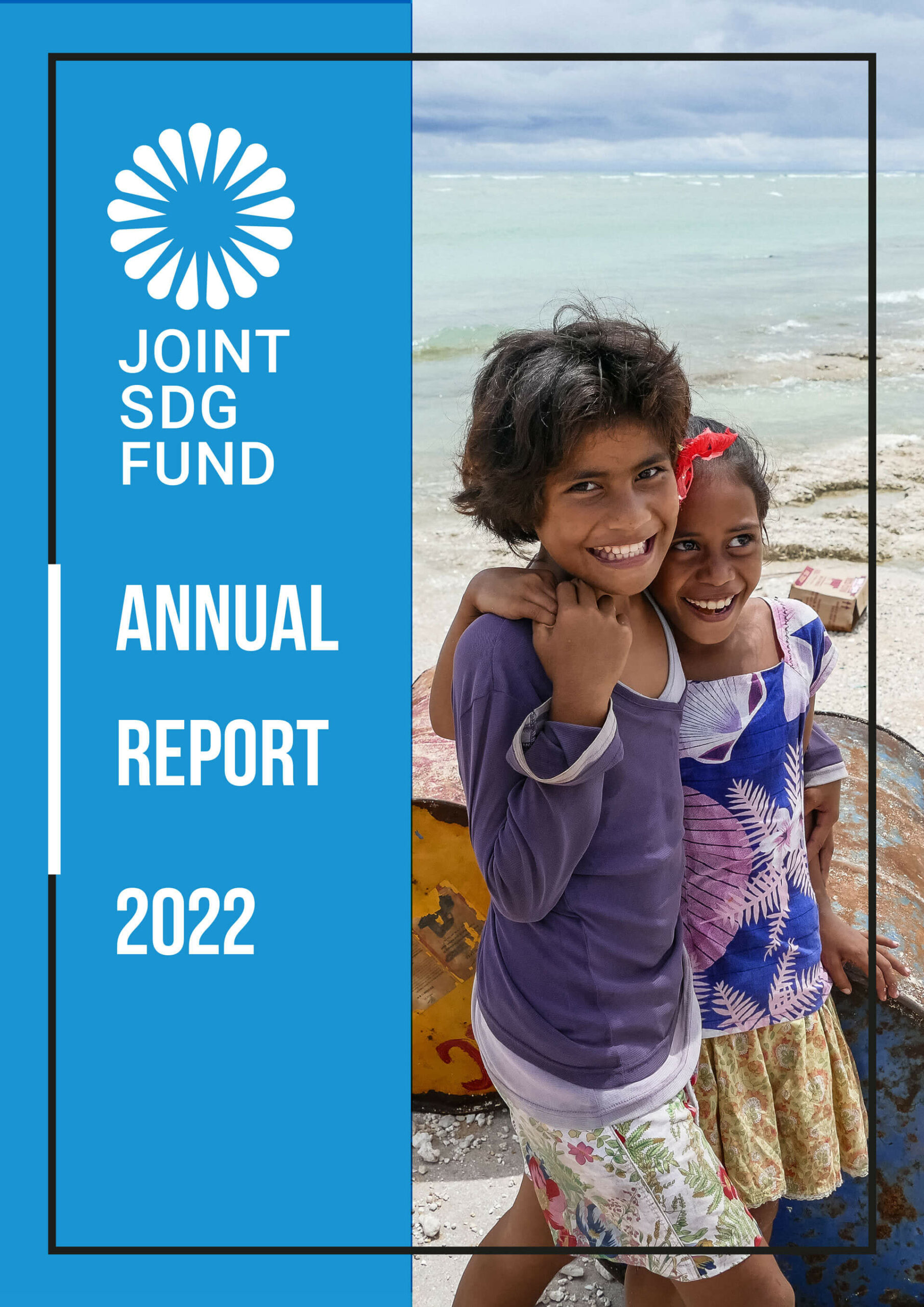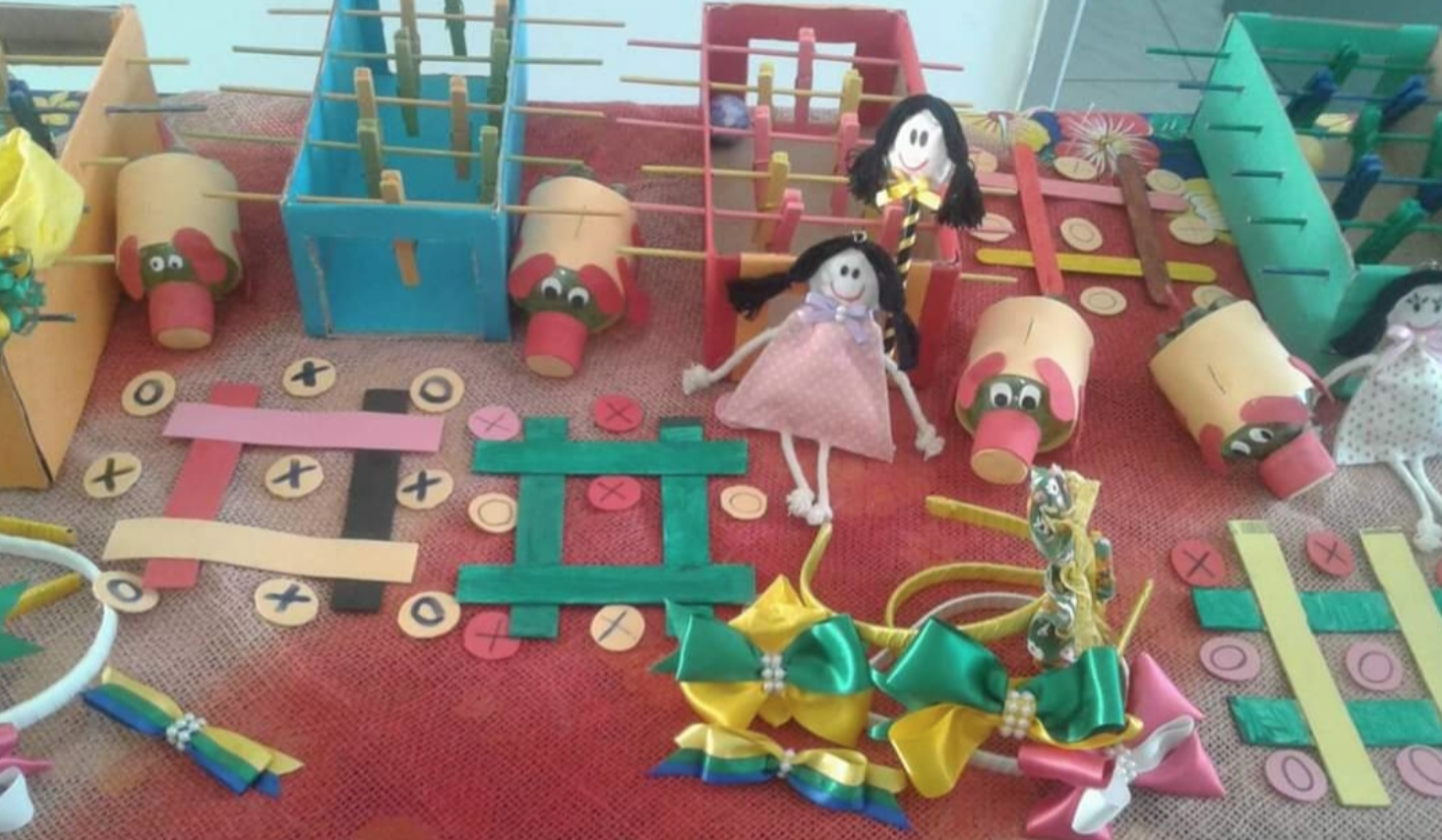Every day, early in the morning, home visitors of the Happy Child Program in several municipalities in Brazil used to start their visits at the family homes they assist. Then, throughout the entire day, they performed development activities with children from 0 to 6 years old. As the Covid-19 pandemic arrived, home visitors started to face new challenges. Without being able to do face-to-face visits, they had to create new ways to keep in touch and continue working for the integral development of children.
Since the implementation of social distancing measures, home visits are suspended in many municipalities. In Rondon do Pará, in the state of Pará, Amazon Region, the routine of the home visitors now consists of recording videos and calling the families. Every week, they create videos presenting activities divided by age group and send them to the families.
Clea Nascimento, one of the visitors, created a WhatsApp group with the parents of the families she assists. Through videos, photos, calls, and text messages, she receives feedback on the videos she sends out every week. “The families liked the idea because we didn't stop [the program]. They interact well, are always attentive and sending pictures, videos of the children doing their tasks. We are always encouraging them to keep doing it,” says Clea.
Pollyanna Silva is the mother of 2-year-old Anna Vitoria, one of the children assisted by Clea, who has been receiving activities through video to do at home with her daughter. For her, Anna Vitoria’s development progress is clear: she has already learned colours and new words. “We created a nice activity. We painted pieces of cardboard with different colours and hung it in a string. Then, she had to choose the right one. Now, when she picks up objects, she already knows the colour and keeps asking if she named it right .”




















